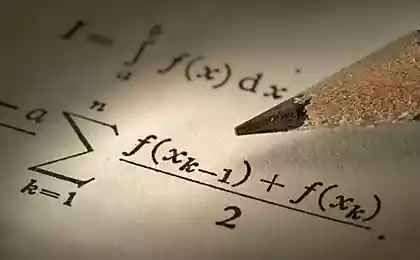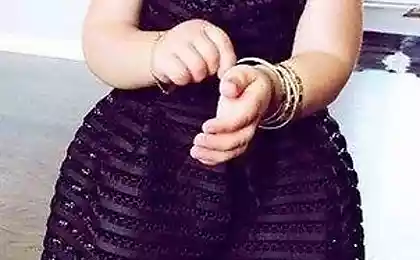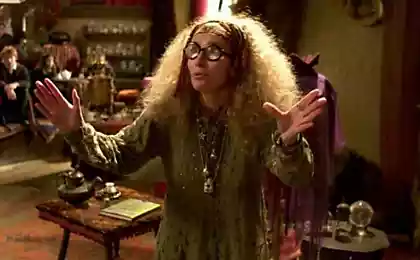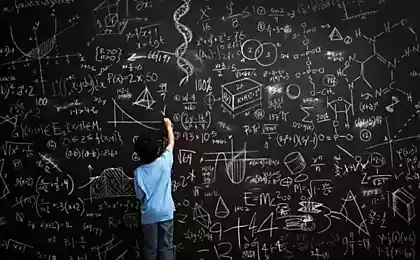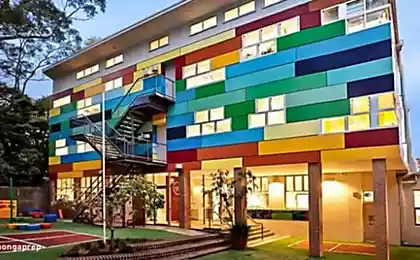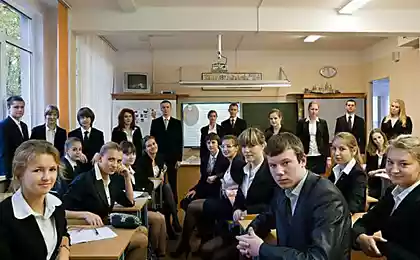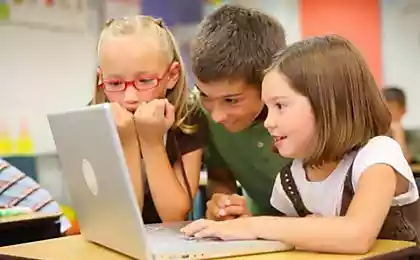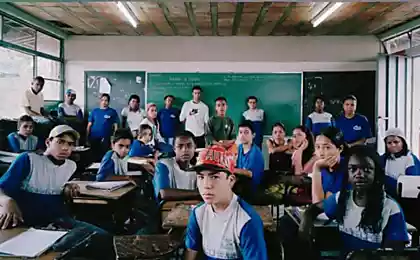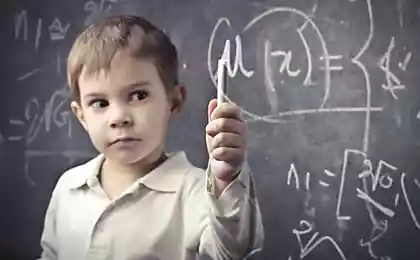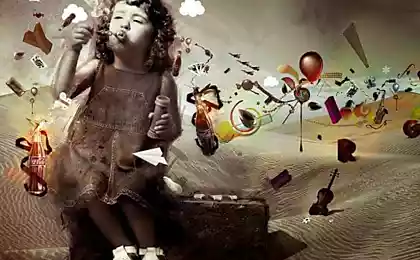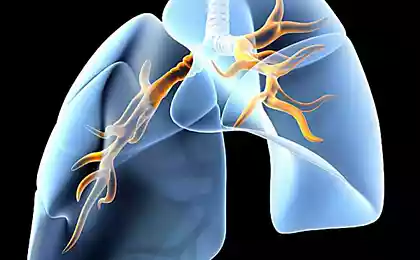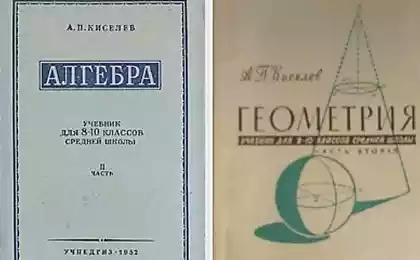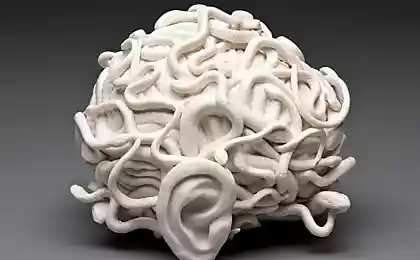156
It seems to be easy examples in which every second adult makes mistakes.
Mathematical tasks for children They are also suitable for those who have long since passed their prom. After all, it is useful even for adults to work with numbers, perform calculations and solve mathematical problems. Such intellectual work serves as a kind of warm-up for the mind, trains memory, develops logical thinking.
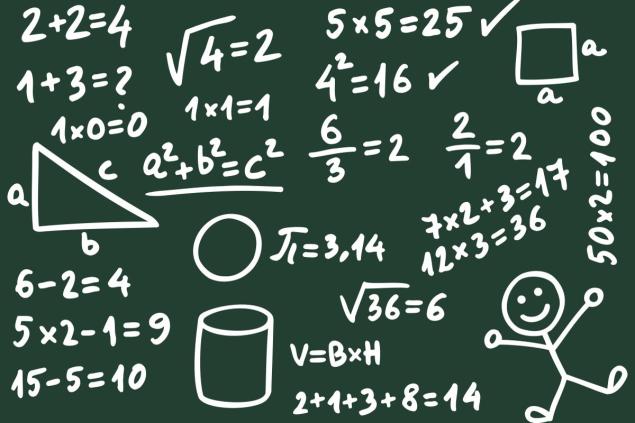
So today's editorial office. "Site" It invites readers to solve seemingly easy examples in which many people get confused and make mistakes. Try to avoid such incidents and give exceptionally correct answers. For attentive people who are good friends with mathematics, this is quite a solvable task.
Mathematical tasks for children
Tips and answers
What answers did you get? Share your results in the comments. Also try to solve other interesting mathematical examples from the school curriculum. Or try to find the key to amazing puzzles.

So today's editorial office. "Site" It invites readers to solve seemingly easy examples in which many people get confused and make mistakes. Try to avoid such incidents and give exceptionally correct answers. For attentive people who are good friends with mathematics, this is quite a solvable task.
Mathematical tasks for children
- To start the warm-up, this task will do, in which you need to find out what numbers are hiding behind the images of a cheerful girl, a balloon and a teddy bear. The first three examples will help solve the fourth. That is what will cause the most trouble. You okay?
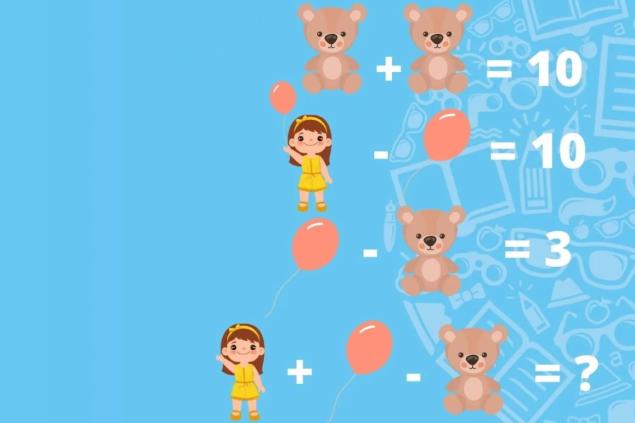
Instagram - In the second task, you already need to deal with examples where instead of numbers there are hats, warm gloves and even socks. Turn on your ingenuity to the fullest to see what's going on here. In the end, the bottom example will also have to be solved. However, keep in mind that it has multiplication, and many smart people make a mistake here.
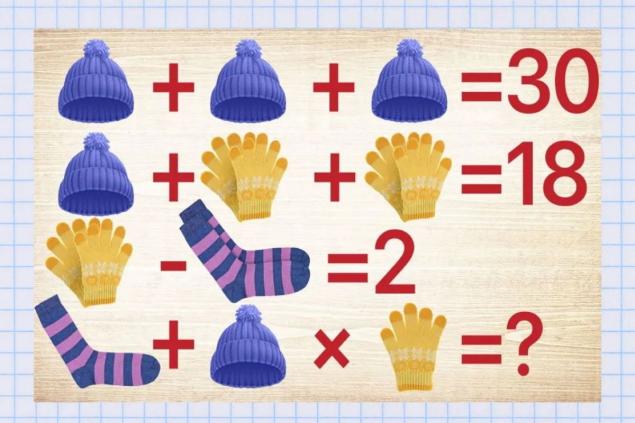
Instagram - Finally, solve the standard example. Although there is division, multiplication and brackets that can cause confusion. Avoid mistakes and solve everything slowly step by step. The chances of success will be incredibly high. Check out our tips and answers in the second part of the article.
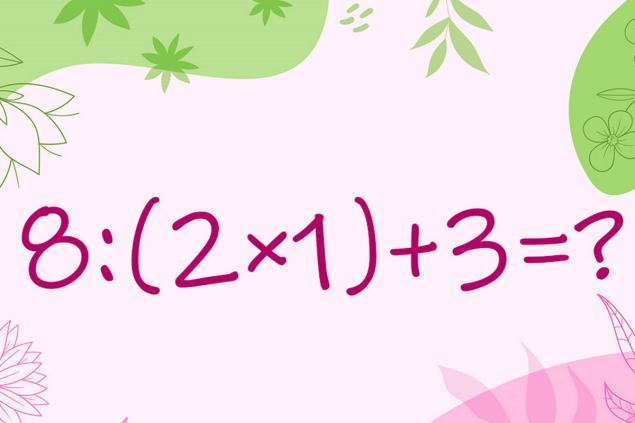
Tips and answers
- From the first example, we can find that behind the image of the ivy bear is 10 ÷ 2 = 5. Then look at the third example, where the balloon is 5 + 3 = 8. And then we can deal with the second example. After all, behind a smiling girl will hide 10 + 8 = 18. Now we can write down the bottom example with numbers. In this case, we get: 18 + 8 - 5 = 21.
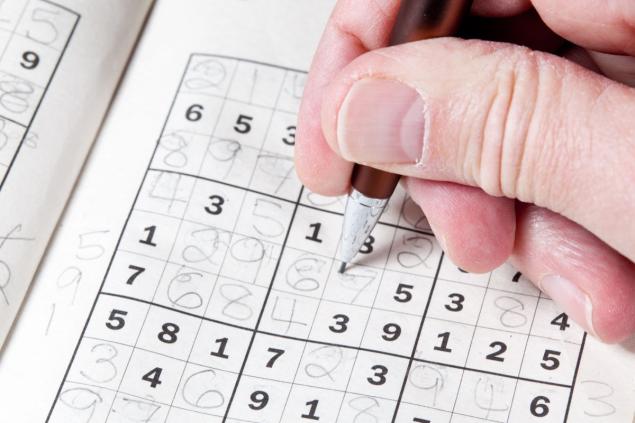
- In the second example, the decision will follow a similar principle. We quickly find out from the first example that behind the hat is 30 ÷ 3 = 10. Then four gloves are equal to 18 – 10 = 8, which means that behind one glove hides 8 ÷ 4 = 2. A pair of socks is 4 – 2 = 2. There should be a unit behind one sock. And all this allows us to write in numbers the lower example: 1 + 10 × 2 = 1 + 20 = 21. Surprisingly, here we also got 21, even though the examples came from completely different sources.
- Mathematical rules say you have to do things in brackets first, then divide and multiply, and then everything else from left to right. Then we get 8 ÷ 2 + 3 = 4 + 3 = 7. Well, not 21 this time.

What answers did you get? Share your results in the comments. Also try to solve other interesting mathematical examples from the school curriculum. Or try to find the key to amazing puzzles.
Spine Treatment at Doctor Length Clinic: Buy Your Back Health
Quality dermatological care in Kiev from a dermatologist






